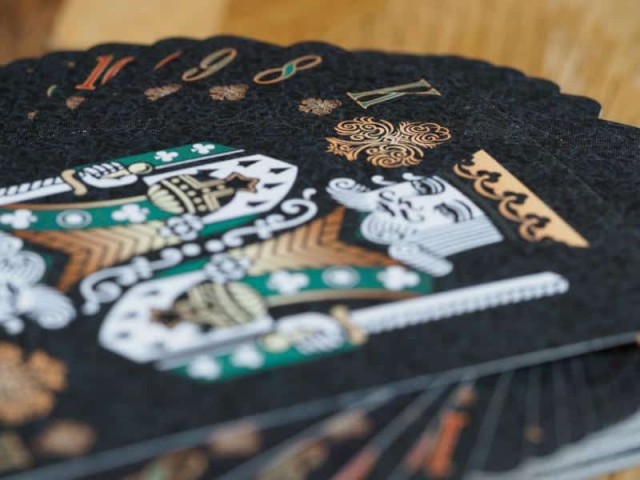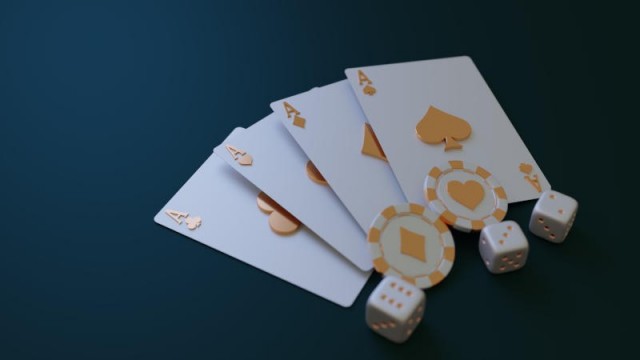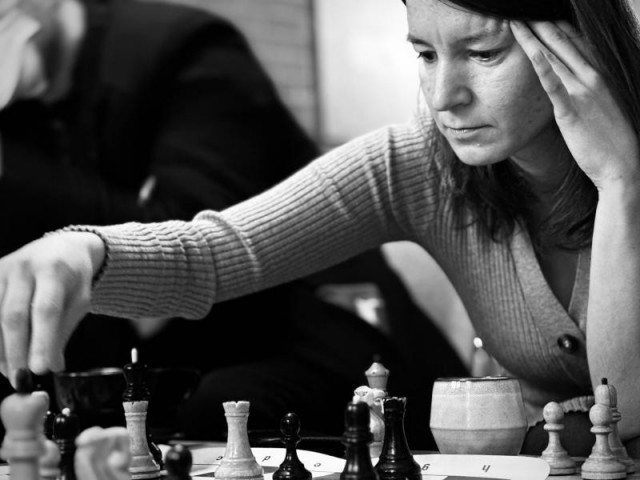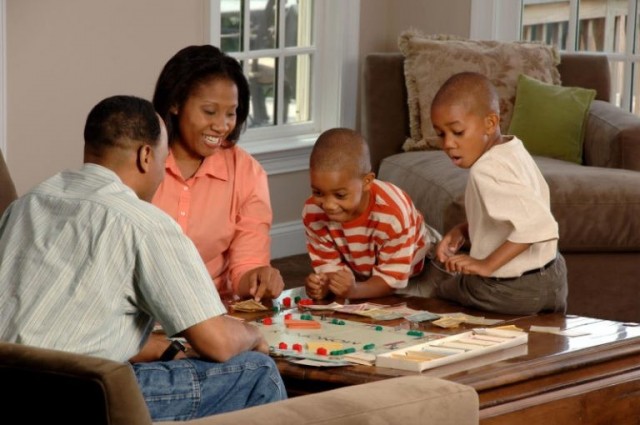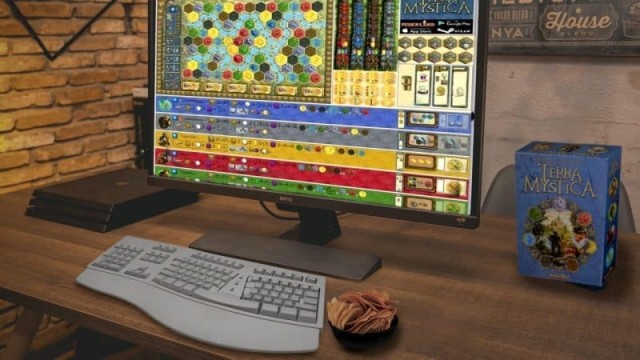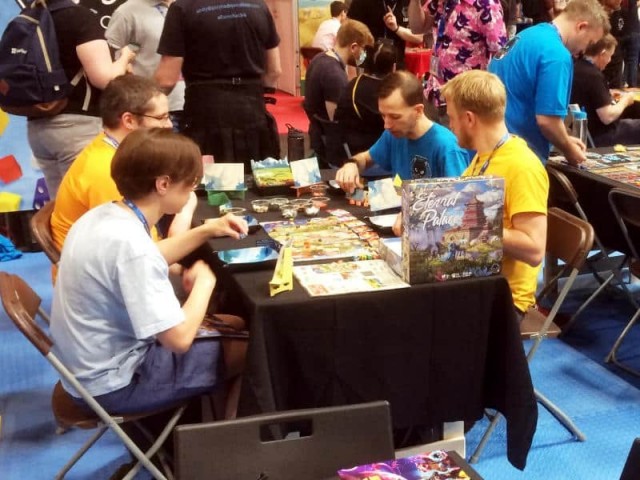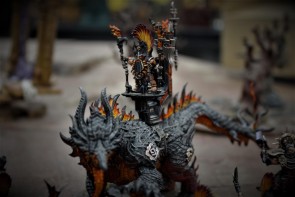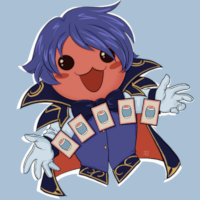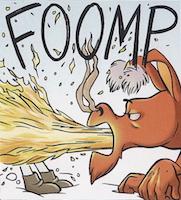Something that consistently surprises me about the tabletop hobby is how divisive miniatures seem to be. Some of the reasons people are opposed to miniatures in a game seem sensible enough; sometimes they lack the inclination to paint them (which I will address later on). Often it is felt that they drive the price of a game up past what is considered reasonable to many people, and it can be difficult to argue with that – especially when we consider how expensive games are becoming. Cost is already a huge barrier to entry for many into the hobby. Tabletop gaming is absolutely a luxury – no getting past that.
But there’s one piece of criticism that I see very often in debates about miniatures and it is out-and-out hypocrisy, yet I think that many of the people that hold this sentiment don’t realise just hypocritical it is.
“Miniatures don’t add anything to a game.”
Well, Jim, I can’t agree with you, because then we’d both be wrong.
The Painting Problem
Many of the Warhammer tournaments I have attended penalize players for having unpainted models. The most common system to this end that I’ve seen is that every player with an army that is deemed fully painted according to the parameters set by the Tournament Organiser is awarded a small amount of points towards their overall tournament score. By doing it this way, you’re creating incentive towards desirable habits rather than punishing those who don’t conform. Nothing is taken away from the player who didn’t turn up with a fully painted army – he just doesn’t gain anything for it. Such practice is also quite hotly debated amongst wargaming circles, as there’s a belief that it discourages people from participating in tournaments. Personally, I don’t think that this is going to be particularly high up in the list of things that discourages people who are dithering about entering a wargaming tournament, but that’s another article for another time.
All that being said, I’ve seen it become increasingly common for tournaments not to bother at all about enforcing standards for painted models. Last year I participated in the Warhammer Underworlds Grand Clash at UK Games Expo and had only managed to prime my Fyreslayers (shame, shame!), but suffered no consequences for the standard to which they were painted at all. In fact, Underworlds is a great example of an apparent shift in the way miniatures are produced, as each of the warbands is cast in a different colour of plastic. This means that they’re still easy to differentiate from on another unpainted, and they’re still quite nice to look at if you want to use them straight out of the box. (The A Song of Ice and Fire Tabletop Miniatures Game from CMON also features miniatures cast in plastic colour coded for their respective factions.)
What am I trying to say with all this? You don’t need to paint your miniatures – simple as that.

Personally, I enjoy painting miniatures for many of the games that I play, and I do think that there are certain games that do benefit from - and are drastically enhanced by – painted miniatures; one of my personal favourites, Warhammer Age of Sigmar is definitely one of those. But I also own a number of games that come with miniatures that I haven’t, and probably never will, paint – Chaos in the Old World and Middle Earth Quest amongst many others. I don’t think anybody would argue that a fully custom painted copy of any game looks infinitely better than one that’s left untouched by a paintbrush, but it’s unrealistic for many of us to paint everything we own. Again, the recent shift in many companies casting their miniatures in coloured plastic is a very elegant solution to the problem of the desire to play the game outweighing the inclination or ability to paint, and it’s something I hope to see more of in the future.
Ultimately, the healthiest approach is to find a consensus or compromise within your group, shop, tournament scene, etc. Amongst my own group, there isn’t anybody that really digs their heels in about not painting their miniatures. Most of our issues relate to time management and other things vying for our attention. Because we all ultimately want to have painted miniatures, we decided during our most recent campaign that on every campaign turn during which a player successfully painted a new unit, their army was granted an additional magic item. Again, it’s about incentivising desirable behavior.
Am I using Pavlovian Conditioning on my friends? Well, that’s another article for another time.
The Hypocrisy Problem
I find it quite baffling that so many are so critical on something that adds visual dynamism to a visually-oriented medium. But there’s an extra layer of hypocrisy to the tabletop gamer’s aversion to the miniature.
Miniatures are great to handle.
I know it sounds weird, and I know that the millions and millions of pedantic painting nerds reading this article just let out a collective gasp of horror, but hear me out.
What is the big attraction to tabletop games? Well, there are several. Social interactivity always ranks highly, but many people also enjoy the art of a well-presented game on the tabletop, the feel of a nicely textured card in their hands, grabbing a handful of chunky dice to hear them rattle across a wooden table.
We are an extremely visual-tactile species, which is one of the primary reasons that tabletop gaming is so attractive and rewarding to us. Miniatures, in many ways, are the poster children of tabletop gaming; the ultimate artistic expression of our love of aesthetics and textures – of spectacle. Rising Sun could absolutely function the same way if you replaced all the miniatures with counters, just as you could eat your salad without dressing, or live your life without happiness. As much as many are of the belief that art and visual presentation should take a back seat to good gameplay, the reality is that the relationship between art and gameplay within a game is symbiotic to the extent that many of the greatest games are inextricable from their artwork – Magic: The Gathering and Warhammer 40,000 being two excellent examples of this.

Even in minimalist and abstract games, visual presentation is an important element of the enjoyment. If a game is presented in black and white with very clean and simple visuals, a conscious decision about the art has still been made – there’s still no getting away from how important aesthetics are. Chess could – if you wanted to – be played on a plain board with a number of tiles with the names of the pieces they represent, but we all know it just wouldn’t be the same. It’s funny because in today’s tabletop market we often think of chess as a very dry game presented in a very stripped-back way. But just ask anybody with an interest what sort of chess set they own. If you collated a list of the chess sets owned by everybody you know, on that list you’d have marble sets, wooden sets, Star Wars sets; sets themed around Medieval Scottish and English nobility. And some of them are worth a bloody fortune.
No matter the game in question, there’s no escaping the fact that our hobby is one where how everything looks and feels is quintessential; be the game in question a card game, worker placement game, miniature skirmish game, or and abstract game that has been around for centuries. And as much as the recent influx of board games including miniatures has been a source of irritation for many, they’re not going anywhere any time soon. In fact, it’s thought that famed science fiction author H.G. Wells published the first ever rulebook for playing games using toy soldiers in 1913, called ‘Little Wars’.

So, remember – the next time you diss miniatures, you’re dissing the granddaddy of science fiction himself.
But on a serious note, I hope that perhaps some of you will take a different view of miniatures from some of the opinions I’ve laid out here, and that all of you reading this will have a renewed appreciation for the wee, metal and plastic dudes and dudettes that brighten our tabletops.
 Games
Games How to resolve AdBlock issue?
How to resolve AdBlock issue? 
